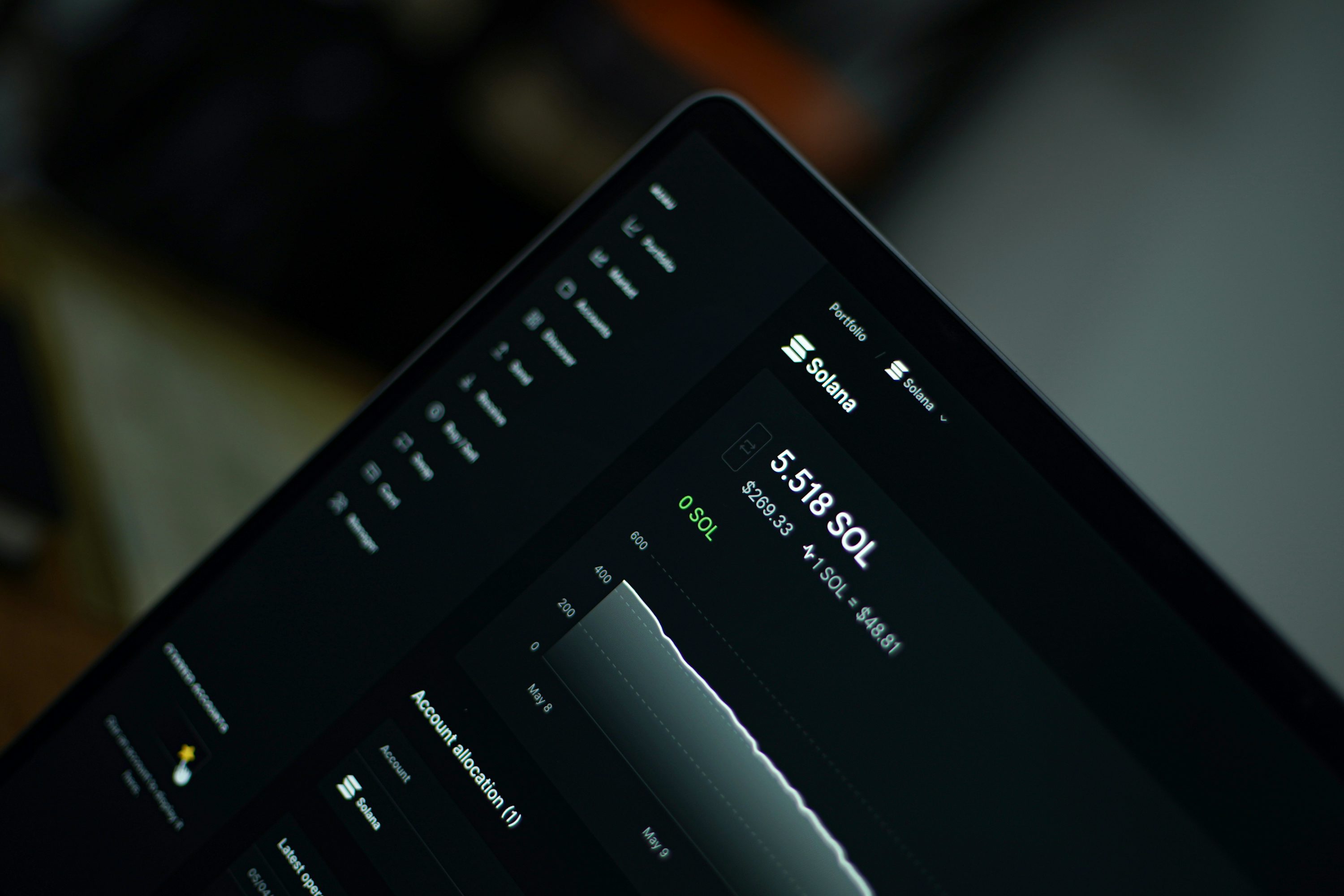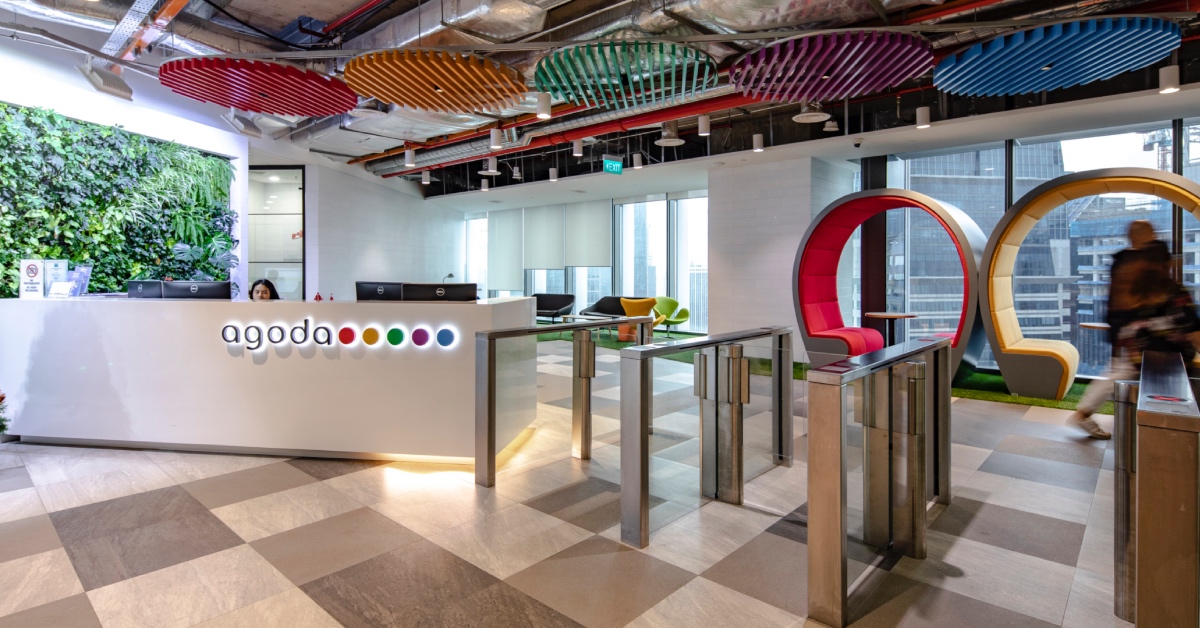Amazon’s stunning ad spend, and Logan Paul’s Prime sports drink hype machine: Datacenter Weekly
Also: What IPG, Omnicom and Publicis forecast for 2023 growth, macroeconomic news in a nutshell, and more.
Welcome to Ad Age Datacenter Weekly, our data-obsessed newsletter for marketing and media professionals.
Amazon’s stunning ad spend
“Amazon in 2022 powered up worldwide advertising and promotion spending by 22% to $20.6 billion, breaking a record for annual spending by any marketer,” Ad Age Datacenter’s Bradley Johnson reports. “The spending spree came as net sales rose 9% in 2022, the slowest growth since Amazon opened its online bookstore in 1995.”
Essential context: “The company had double-digit percentage increases in ad and promotion spending every year from 2004 through 2022 except for 2020, when Amazon trimmed spending by 1%, according to Ad Age Datacenter’s analysis of Amazon financial filings,” Johnson adds. “Up until the sales growth slowdown in 2022, Amazon scored double-digit percentage growth in net sales every year since 2000 (and triple-digit growth before that).”
More details: “Ad and promotion spending as a percent of net sales rose from 3.6% in 2021 to 4.0% in 2022. That’s Amazon’s highest ad and promotion spending percentage since 2000.”
Logan Paul and Prime, by the numbers
Logan Paul, the 27-year-old influencer who started as a Vine star and has since turned into a one-man content juggernaut, top-earning YouTube creator and polarizing WWE star (see: “Top WWE Star Says Nobody Likes Logan Paul,” from Wrestling Inc.), has been making noise about producing a Super Bowl LVII commercial for his energy drink Prime, which he launched with rapper/gamer/boxer JJ Olatunji, aka KSI. Details on the spot are sketchy, but it’s possibly a regional buy that would cost a good deal less to air than the $7-million-for-30-seconds going rate for a national spot—while still giving the brand Super Bowl bragging rights (which seems to be the entire point).
If you’re not a Logan Paul fan (and/or you confuse him with his equally polarizing brother Jake Paul), influencer marketing platform CreatorIQ has some data on the scale and nature of his fame:
• Logan Paul has nearly 100 million followers across social networks, including 25 million on Instagram.
• Paul’s Instagram audience is 60% male. And 49% falls in the 18-24 age group.
• Prime has 3.7 million followers across its social media accounts.
• Logan Paul has a 2.95% engagement rate on Instagram, which puts him in CreatorIQ’s “good” category. (Rating engagement levels across social platforms is one way that CreatorIQ sniffs out dubious creators with huge followings that are heavily bot-driven.) On YouTube, his engagement rate is 5.68% (“good”), on Facebook it’s 0.3% (“excellent”) and on TikTok it’s 10.9% (“good”).
• The media circus surrounding the Prime roll-out to global markets (see: “Woolworths cancels Perth drink launch with YouTube star Logan Paul over crowd fears,” from The Sydney Morning Herald yesterday) has been doing wonders for the brand’s engagement levels. CreatorIQ reports, for instance, that the Prime account on Instagram has an engagement rate of 35.8% (“exemplary”) among its 1.4 million followers.
See also: “20 brands that are gaining popularity with Gen Z,” from Ad Age’s Jade Yan.
Sports TV audience measurement is under scrutiny
“Concerns around the accuracy of live sports ratings are heating up, and heading into the Super Bowl this weekend, the discrepancies between Nielsen data and other measurement providers are being watched with an especially close eye,” Ad Age’s Jack Neff reports.
The details: “Measurement of live sports is critically important to media companies, with sports making up the bulk of the most-watched broadcasts last year,” Neff notes. “In 2022, 64 of the 100 most watched telecasts and 49 of the 50 highest-rated shows among people ages 18-49 were sports, according to Nielsen. The prospect of a Writer’s Guild of America TV and film writers strike could make live sports an even bigger piece of the mix later this year.
The controversy: Earlier this month Disney Advertising, which operates ESPN among other properties, helped facilitate an unusual three-hour, closed-door Nielsen-hosted meeting with key players from across industry segments, according to people familiar with the matter. The meeting included executives from Disney rivals NBCUniversal, Fox, Paramount, Amazon, Google and Apple, plus the NFL, NBA and NHL sports leagues, and agencies including Omnicom Media Group, Publicis Media and WPP’s GroupM. The topic of conversation: live sports measurement.
Macroeconomic news and data in a nutshell
• “U.S. jobless claims climb 13,000 to 196,000—but are still near pandemic-era lows,” per MarketWatch
• “Mass Layoffs or Hiring Boom? What’s Actually Happening in the Jobs Market,” from The Wall Street Journal.
• “Big Brands Keep Raising Prices, With Limited Shopper Resistance,” The New York Times reports.
• “Mortgage rates rise on inflation concerns,” per CNN Business.
Previously: “Ad employment gained 1,400 jobs in January, rebounding from late 2022 losses,” from Ad Age Datacenter’s Bradley Johnson.
Don’t miss: “Layoffs and budget cuts—tracking economic moves and news,” Ad Age’s continually updated blog covering how the marketing industry is bracing for a recession.
IPG, Omnicom and Publicis 2023 growth forecasts
“Interpublic Group of Cos.’ organic revenue grew 7% in 2022, in line with its October forecast, and the agency holding company anticipates 2% to 4% growth this year,” Ad Age’s Aleda Stam reports.
Essential context: “IPG’s 2023 forecast is on par with those of rival holding companies Omnicom Group and Publicis Groupe, which forecast mid-single-digit organic revenue growth in their recent earnings reports,” Stam notes. “However, both of those companies reported slightly higher organic revenue growth for 2022—9.4% at Omnicom and 10.1% at Publicis. WPP will announce its results on Feb. 23 and Stagwell will release its results on March 2.”
Ad Age Best Places to Work 2023
In his introduction to Ad Age’s Best Places to Work 2023 package, Ad Age Datacenter’s Bradley Johnson writes,
The best practices at the Best Places to Work turn out to be pretty straightforward:
Fair pay. Solid benefits.
Recruit and retain a diverse workforce. Keep staffing levels adequate so team members and teams can do their best work.
Provide good training and keep employees in the loop on how the business is doing. Tilt work-life balance a bit more toward life.
Easy to say—and hard to do. Ad Age Best Places to Work 2023 honors 50 companies for a job well done last year amid the challenges of a tight talent pool, uncertain economy and ongoing effects of the pandemic.
The newsletter is brought to you by Ad Age Datacenter, the industry’s most authoritative source of competitive intel and home to the Ad Age Leading National Advertisers, the Ad Age Agency Report: World’s Biggest Agency Companies and other exclusive data-driven reports. Access or subscribe to Ad Age Datacenter at AdAge.com/Datacenter.
Ad Age Datacenter is Kevin Brown, Bradley Johnson and Joy R. Lee.

 Fransebas
Fransebas 































